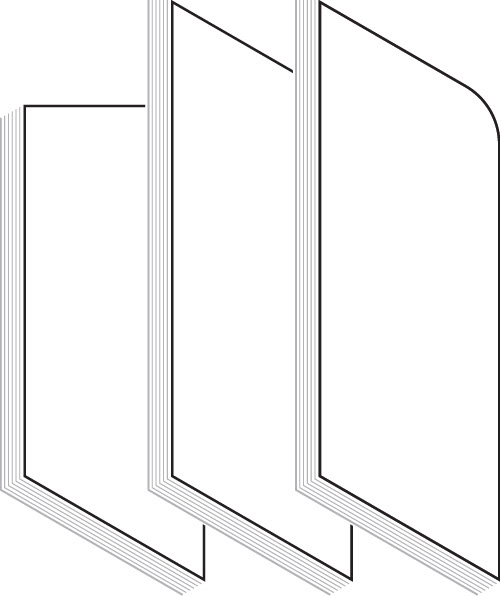Despite popular understanding of health as a hard truth driven by metrics and measurements, it has always had a highly mutable cultural understanding. The US Food and Drug Administration even put out a public call for definitions on what they should deem as “healthy.” It generally manifests in relation to the current threats and preoccupations of the culture. The Smith Houses site poses a promising vehicle to question the relationship of health and architecture today as it embodies multiple understandings over the past century.
The first half of the 20th century defined health in relation to infectious disease. In 1885 it was discovered that sunlight could be used in treatment of tuberculosis and sanitariums popped up all over the United States and Europe. This began an intrinsic link between health and architecture (space) in the period. New York led the charge codifying this into law with the pioneering 1916 Zoning Laws establishing requirements of light and hygiene for the collective residents of the city. This doctrine was translated into architectural utopia through the work of Le Corbusier, the spiritual foundation of the early New York public housing projects. In fact the Smith Houses opened just one year after Corbusier’s Unite d’Habitation was translated into reality.
In the second half of the 20th century, the lethality of infectious diseases dropped severely and attention turned to chronic diseases. These are largely based on personal choices in fitness and diet, which shifted the cultural understanding of health from the collective to the individual; as well as from space to image. While there are some architectural responses, such as Active Design Guidelines, they have relatively minor spatial impact. As we move into the beginning of the 21st century, there is still a fixation on chronic health as an epidemic, despite rising life expectancy rates and per capita decreases in lethality of chronic illnesses.
Is there a better aspect of health to focus on in light of this information? The concept of social health may prove to be more fruitful in relating architecture to health. The relationships you have in your life can have as much impact on your physical health as whether or not you smoke. These have great potential benefits in the arena of NYC social housing which has highly underutilized spatial resources. By combining space and image these sites can create a new type of healthy social infrastructure.
NYCHA sites are dominated by an image of permanent impermanence - symbolized by ineradicable scaffolding blocking access to a wealth of public green space. This can be transformed into a positive framework for social development. Using Instagram research as a basis for determining the current cultural image of health, the Smith Houses can tranform the idealized space of health in the 20th century from a consistent drain on public resources into a hub of healthy, individualized spaces not only for its residents but for the greater community of Manhattan as a whole.
